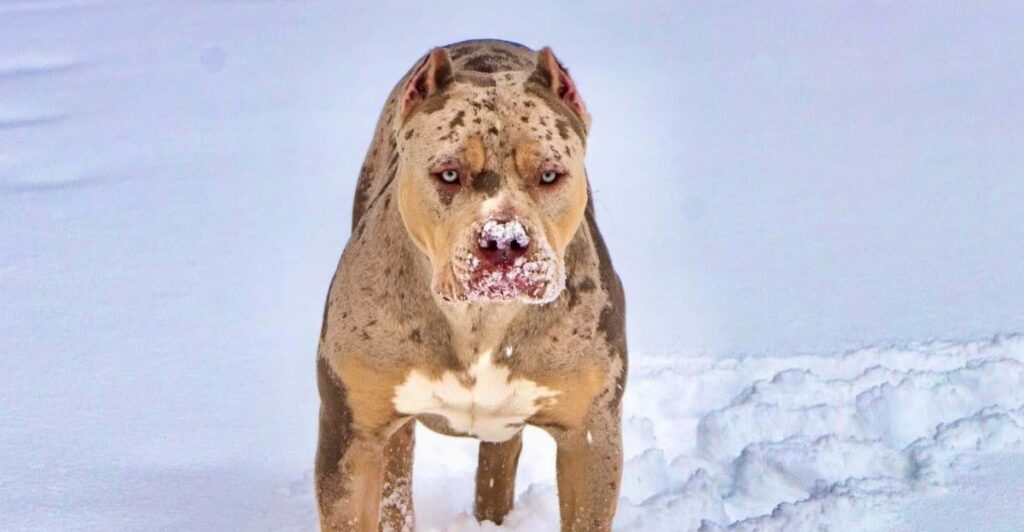
Every dog has the potential to be a loving companion, but some breeds come with a stronger protective instinct or a higher likelihood of aggressive behavior if not properly trained. Understanding these tendencies is key to responsible ownership. From guarding breeds to high-energy working dogs, here are 10 breeds prone to aggression—and, more importantly, how to manage them with training, socialization, and the right approach.
The Hidden Dangers of Small Dog Aggression
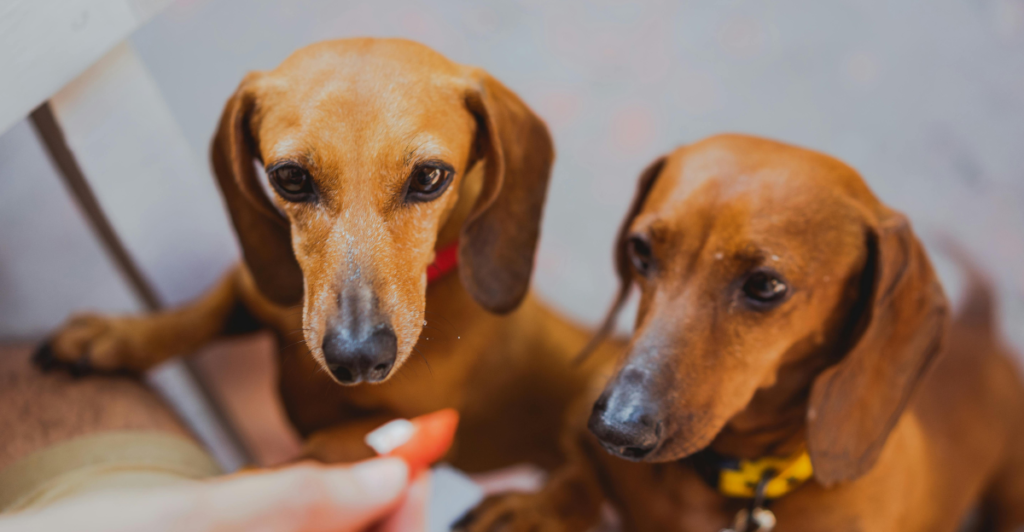
When people think of aggressive dogs, they often picture large, muscular breeds. However, research shows that some of the most aggressive breeds are actually small dogs like Chihuahuas and Dachshunds. These pint-sized dogs can be territorial, reactive, and prone to fear-based biting. Chihuahuas rank as one of the top small dog bite risks, while Dachshunds attack humans at a rate of 1 in 5. Their small size means owners often dismiss warning signs, reinforcing bad behavior. Why does this happen? Small dogs are frequently overprotected and poorly socialized. Carried around like accessories, they don’t get the same training as larger breeds. This creates “handbag syndrome”—a dog that fears the world and lashes out. The fix? Treat small breeds like big dogs. Enforce consistent training, early exposure to different environments, and avoid coddling fearful reactions. Even the tiniest canine needs firm leadership.
1. The “Napoleon Complex” of Dachshunds

Dachshunds might be small, but their territorial aggression is outsized. Studies show that 1 in 5 will bite a human. Their long history as badger hunters fuels their stubborn, fearless personality. To handle them, owners must focus on early training, leash control, and discourage resource guarding—before their size misleads them into thinking they’re in charge.
2. Akitas
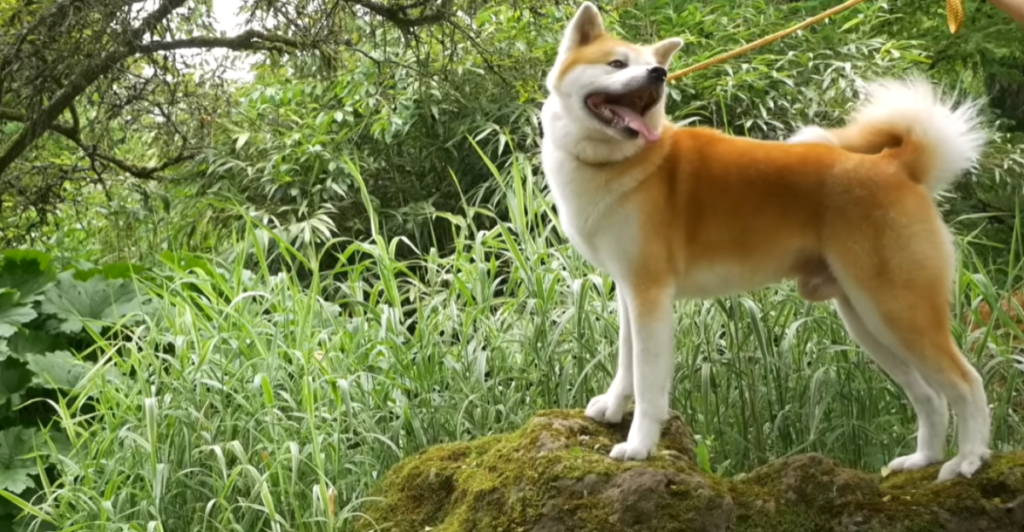
Loyal, imposing, and dangerously unpredictable, the Akita is Japan’s national treasure but a challenge for unprepared owners. Unlike other breeds, Akitas don’t give warning signs before attacking. Bred for guarding, they see strangers as threats unless properly socialized. To handle them, owners must expose them to diverse people and places early, reinforcing calm behavior before territorial instincts take over.
3. The Chow Chows
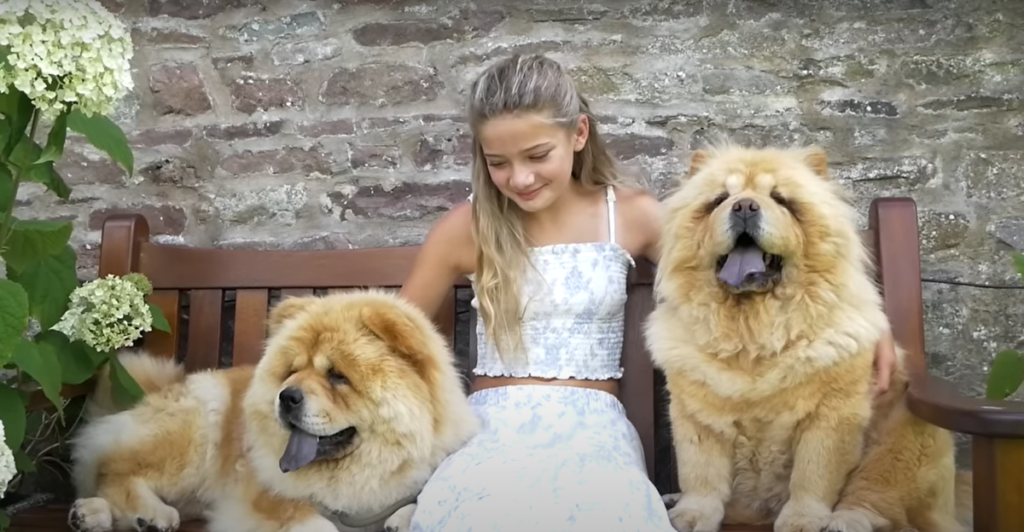
Fluffy but fierce, Chow Chows are one of the most aloof breeds. Despite their cuddly appearance, they’re territorial and stubborn, often aggressive toward strangers. The key to a well-behaved Chow? Early training to prevent dominance issues. Without firm guidance, these independent dogs can become defensive and difficult to manage—far from the friendly fluffball many expect.
4. Presa Canarios
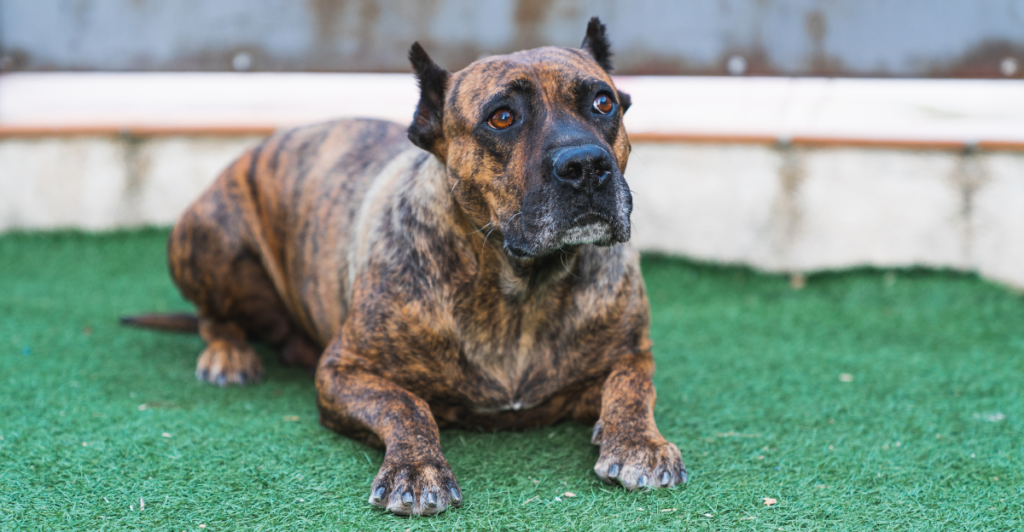
Originally bred for guarding livestock, the Presa Canario has a history of dog fighting, making it banned in multiple countries. Without intense training and socialization, aggression can surface, especially toward strangers. Only experienced owners should handle this breed, ensuring a structured environment and clear leadership.
5. Border Collies
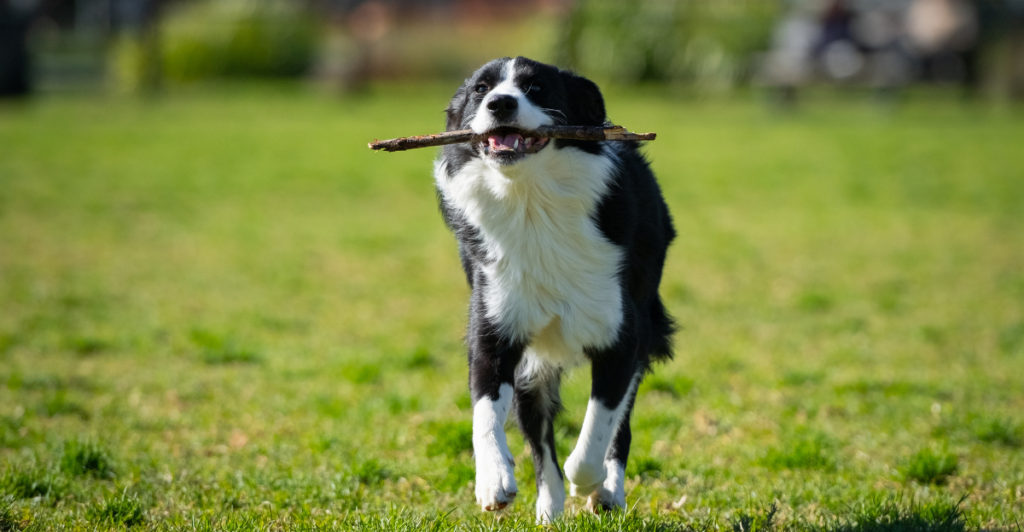
Highly intelligent but prone to frustration, Border Collies are surprisingly one of the most likely breeds to bite. When under-stimulated, their herding instincts can turn into nipping and aggression. Owners must provide constant mental and physical engagement, from agility training to puzzle toys, to prevent destructive behaviors. A bored Border Collie is a dangerous one.
6. The Chihuahuas
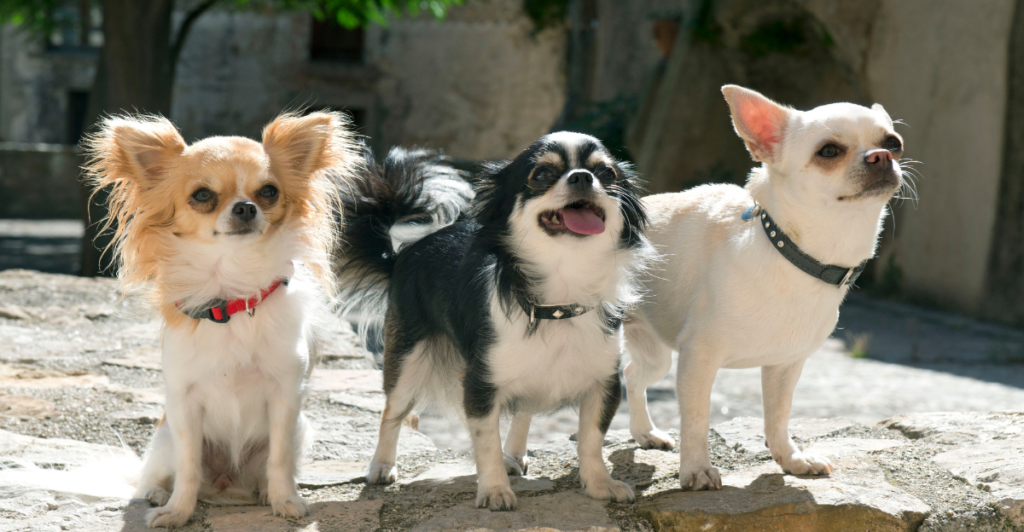
Despite their small stature, Chihuahuas rank among the most aggressive breeds. Their fear-driven behavior often goes unchecked, leading to frequent snapping and biting. Owners mistakenly reinforce this aggression by coddling fearful reactions. The solution? Treat them like any other breed: encourage independence, train them properly, and expose them to different environments early on.
7. The Malamutes
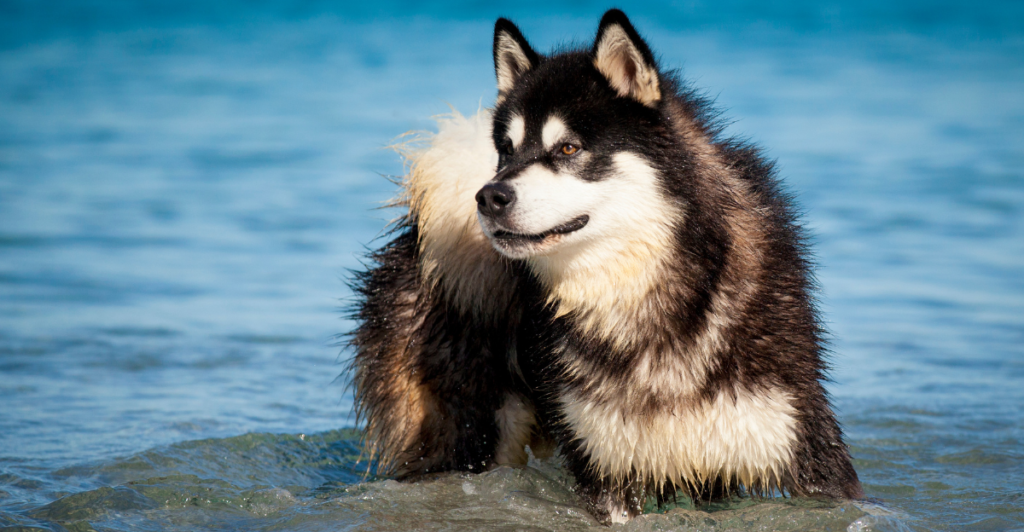
Resembling a husky but far stronger, the Alaskan Malamute has a strong bite force and an independent streak. They require experienced handlers who can establish firm training and control their dominance-driven aggression. Without proper structure, they can become territorial, destructive, and even aggressive toward other dogs—especially in multi-dog households.
8. XL Bullies
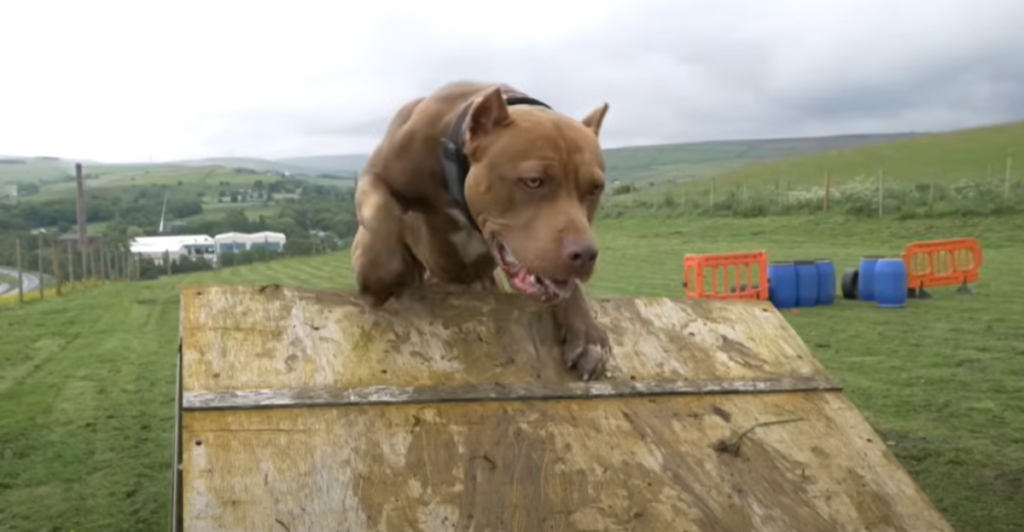
Despite their reputation as “gentle giants,” XL Bullies are one of the most controversial breeds. Poor breeding and irresponsible ownership have led to a rise in attacks. Their sheer strength makes aggression potentially fatal. Early, structured training and socialization are crucial. Owners must reinforce obedience and avoid rewarding territorial behaviors. Without discipline, this breed can become dangerous.
9. The Jack Russell “Pocket Pitbull”
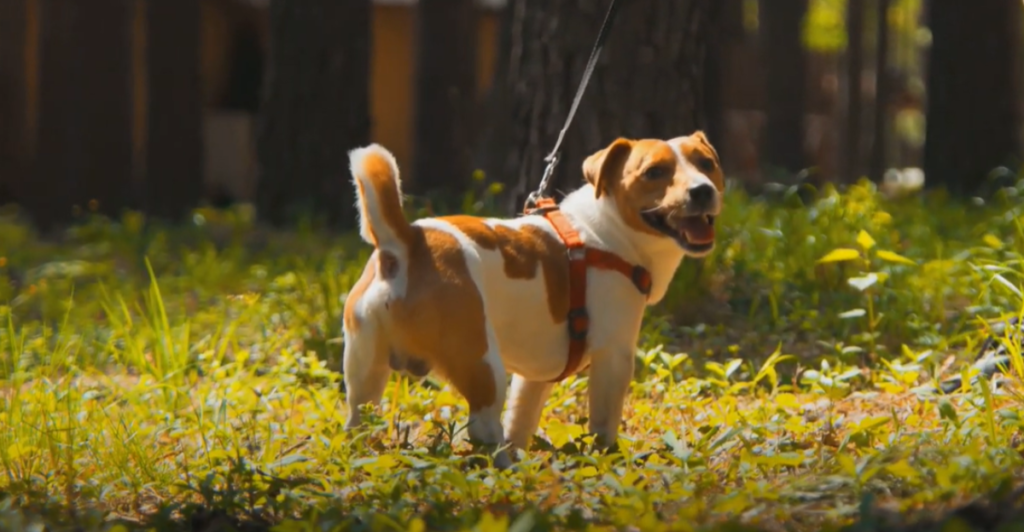
Jack Russells may be small, but their big-dog mentality lands them on bite-risk lists. Their fearless nature, originally bred for hunting, makes them quick to challenge bigger animals—and humans. Owners must redirect their natural prey drive through leash training and structured play. Without proper guidance, their intensity can escalate into aggression.
10. Australian Cattle Dogs
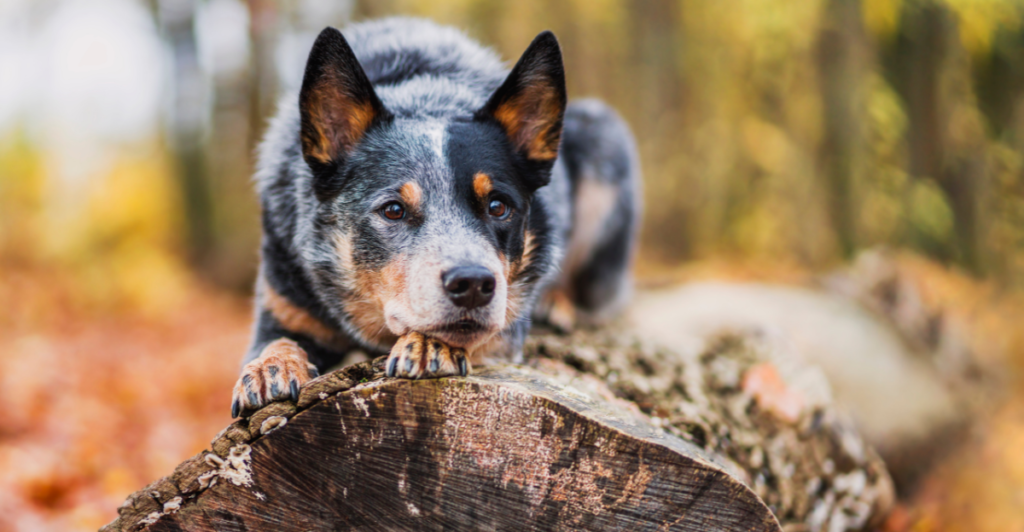
Bred to herd livestock, Australian Cattle Dogs can turn aggressive without a job to do. Their strong work drive means they may attempt to herd—and nip—children or other pets. Daily mental and physical challenges, like obstacle courses, are non-negotiable to prevent behavioral issues. Without stimulation, their aggression can spiral into destructive behavior.
Explore more of our trending stories and hit Follow to keep them coming to your feed!

Don’t miss out on more stories like this! Hit the Follow button at the top of this article to stay updated with the latest news. Share your thoughts in the comments—we’d love to hear from you!







